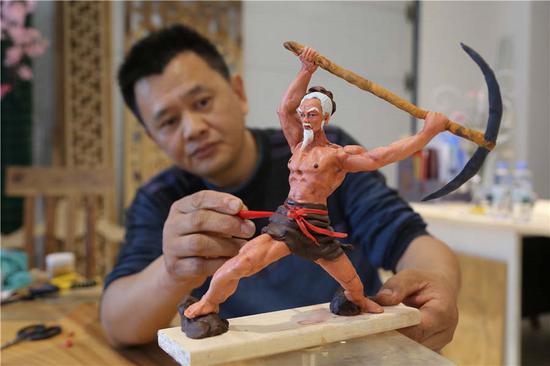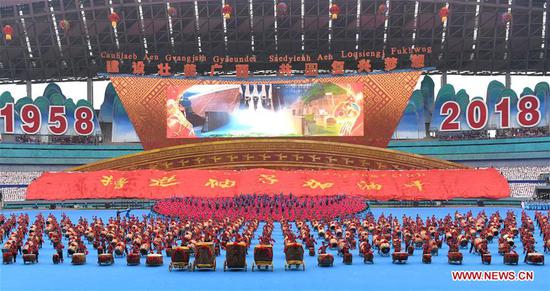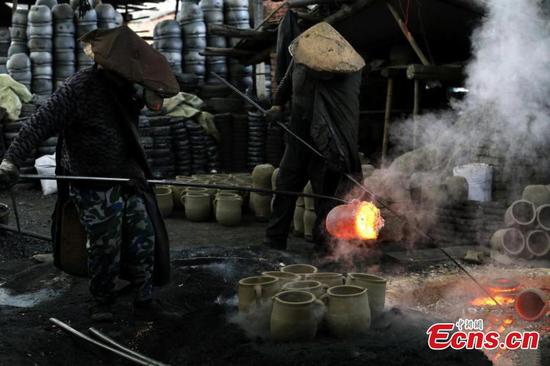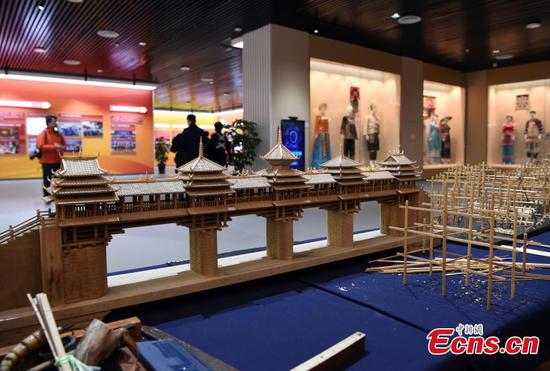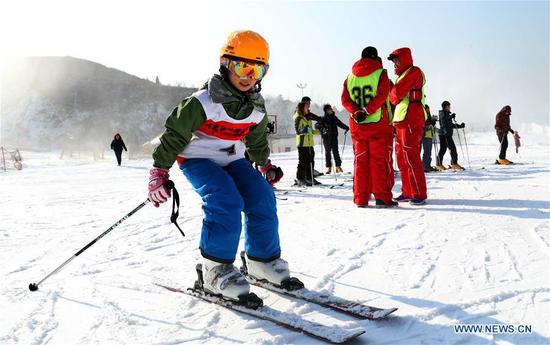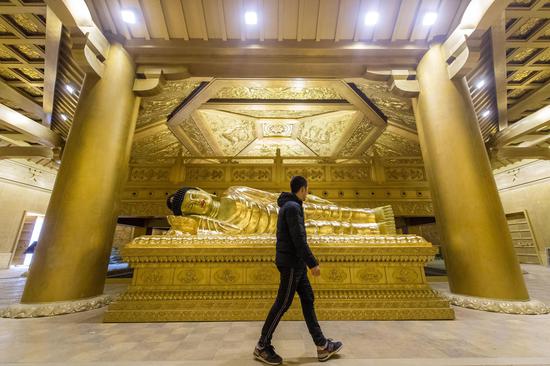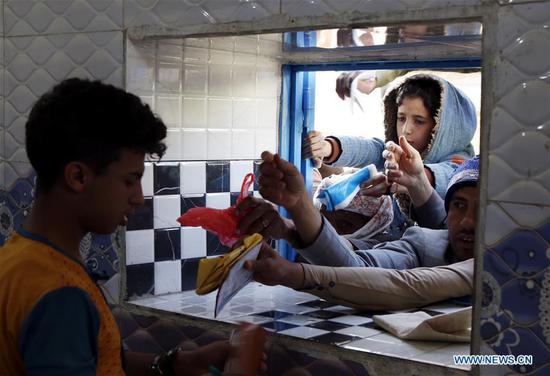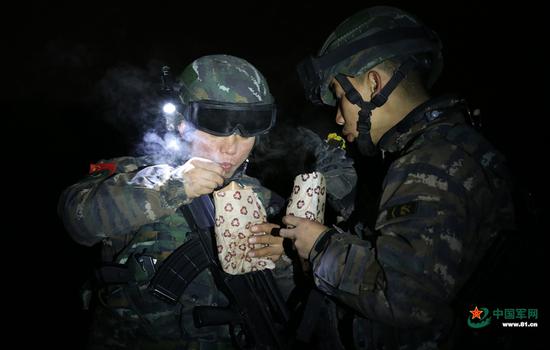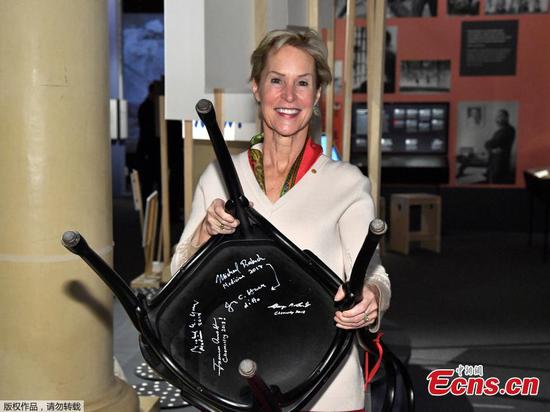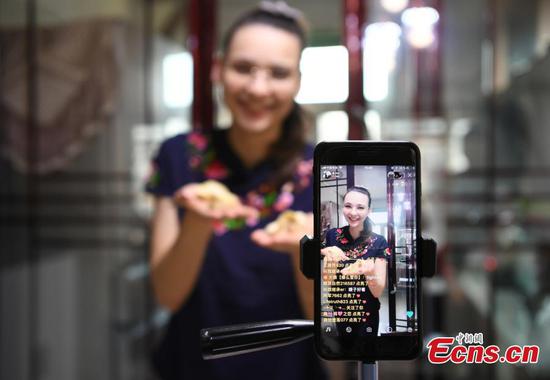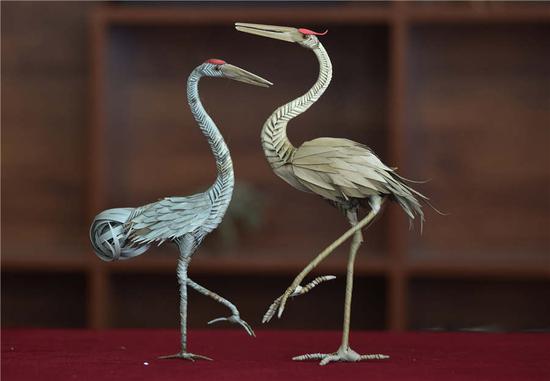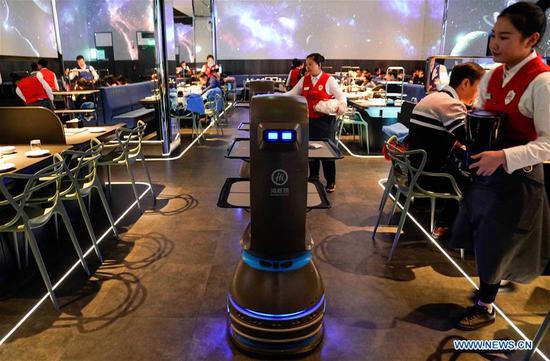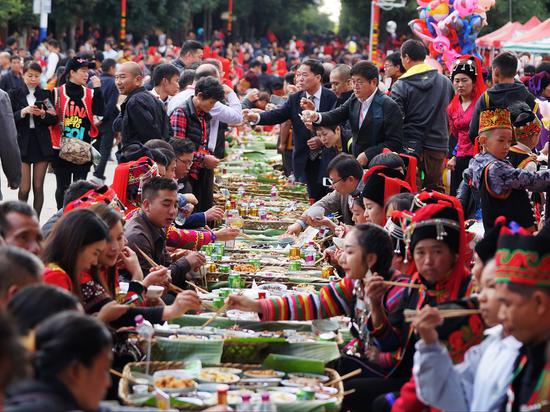People in Bangladesh usually eat with their right hands at home. Until recently, however, it was almost widely common to see Bangladeshi people using spoons and forks to eat at restaurants.
But this is no more a common scenario in Dhaka, the capital city of Bangladesh, which has a population of approximately 16 million people.
Things are changing, slowly but surely. Alongside knives, forks and spoons, Chinese chopsticks have taken a regular position on tables at Bangladeshi restaurants, especially in Dhaka's upscale markets of Banani, Gulshan and Uttara.
The number of people who have mastered using chopsticks originated in China is on the rise in the country with the increasing popularity of Chinese food and the growing number of Chinese restaurants popping up since the 1980s.
For many in Bangladesh, chopsticks, the key eating utensils of choice in many other parts of Asia and elsewhere in the world, are definitely far more than just two pieces of sticks.
They consider a pair of chopsticks carries the emotions and memories of not merely Chinese people but their own selves.
Therefore, the growing number of Bangladeshi people cherish their Chinese bonds through the use of chopsticks symbolizing the age-old Chinese civilization and epitomizing the over 5,000 years of China's history.
If you like eating Chinese foods, you definitely need to know how to use chopsticks, said Md. Anowar Hossain, an official.
Of course, he said, there's nothing wrong with knives, forks and spoons, but for him, when it comes to Chinese cuisine, cutlery just doesn't cut it.
Hossain made his remarks while enjoying Chinese delicacies at a restaurant in Dhaka on Saturday night.
"Chinese food lends itself easily to eating with chopsticks," said Hossain, manager of the Bangladeshi Debonair Group.
"I've been used to eating food with Chinese chopsticks for about 15 years. Chinese food lends itself easily to eating with chopsticks. My family members including my children also love to eat Chinese food and use chopsticks," Hossain said.
He considers chopsticks the most convenient of all eating utensils men have devised for themselves.
Businessman Arif Ahmed said he likes Chinese food and loves to use chopsticks because both Chinese food and Chinese chopsticks are quite good for health.
"Many people here are now using chopsticks to eat food," Ahmed said.
William, who uses a single name, is a senior executive manager of Bamboo Shoot which offers authentic Chinese cuisine in Dhaka.
He has been working at the restaurant since it first opened 16 years ago.
"We've now many Bangladeshi customers. They like Chinese food. Many Bangladeshis now like to eat with chopsticks. This is something of a new trend here."
Md. Shahjalal Jewel who is the manager of another Chinese restaurant called Viva, said decades back when Chinese food became popular in Bangladesh, people would mostly eat Chinese food with spoons and forks.
But now, Jewel said many people love to eat Chinese food with Chinese chopsticks following Chinese people and their culture.
"Bangladeshis who were used to eating with spoons and forks are now eating or trying to eat with chopsticks," said Jewel.
When asked, Australian national Jayson, (who uses a single name) while eating Chinese food at the Bamboo Shoot restaurant, said he very much likes Chinese food and other Asian food.
"I think I probably learned to use chopsticks when I was a high school student. I have always used chopsticks for Asian food since then," said Jayson who is now in his 30s.
"When I arrived here (at the Bamboo Shoot) we were given forks but it did not feel right. So I asked for chopsticks. It seemed to be more enjoyable and more authentic," he added.
Feng Xiaorong, managing director of Bamboo Shoot, said many, many Bangladeshis and people from other countries like to eat at her restaurant which recently opened its second branch at another location in Dhaka.
She said people can come to understand Chinese culture better and become to love Chinese culture more, through the love of Chinese food.
More and more people are interested in Chinese chopsticks, she said and added they not merely like to use Chinese chopsticks at restaurants but also at their homes as well.
"Many Bangladeshi families come to Bamboo Shoot with their children and I believe parents want their children to understand more about China including food and the use of chopsticks," she said.
"Their parents always ask us if we can give some chopsticks as a small souvenir to their children, so that their children can practice how to use chopsticks at home. So we always support them."
Victor Xu, a business exective, often visits Bangladesh to look after his company's operations in Bangladesh.
He is always happy to visit Bangladesh because he can find authentic Chinese cuisine here. What is quite interesting for him in Dhaka is that many Bangladeshis use chopstick very well.
"I think this is a kind of cultural exchange. Many (Bangladeshi) students learn Chinese in (the Bangladeshi) universities.
Everyone is hopeful for more fruitful Bangladesh-China relations in the future. And the students want to become a bridge for Bangladesh-China exchanges and friendship.
Bangladeshi businessman Shohel (who uses a single name), explains why the use of chopsticks is on the rise.
He loves eating Chinese food with chopsticks, which is truly part and parcel of China's food culture.
"I come to eat Chinese food with all my family members at the restaurant. I always use chopsticks when I come to eat Chinese food at a restaurant," he said, thanking Chinese people for clinging to their many rich cultural traditions including chopsticks for thousands of years.









